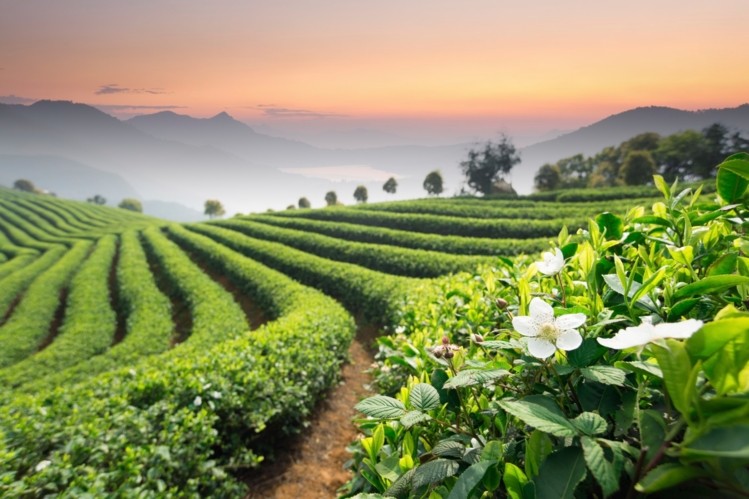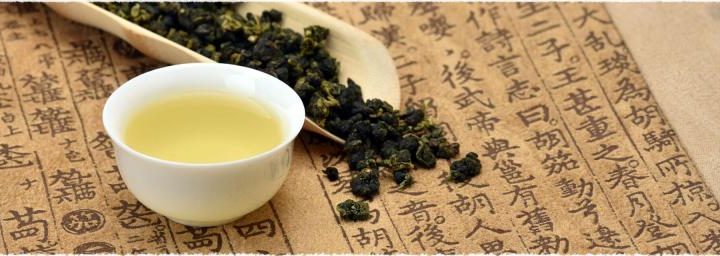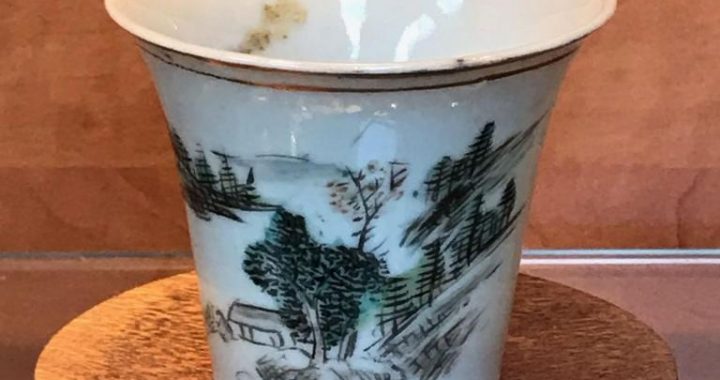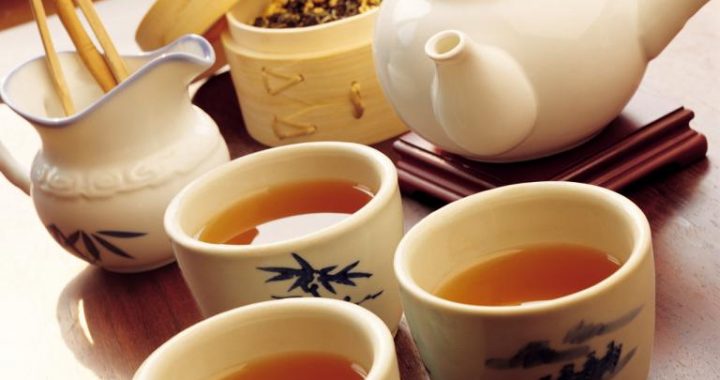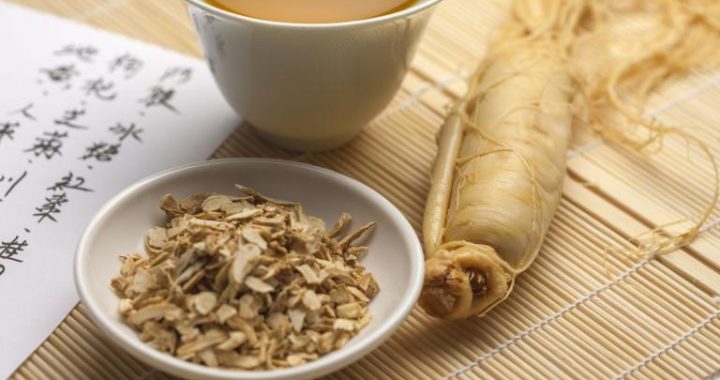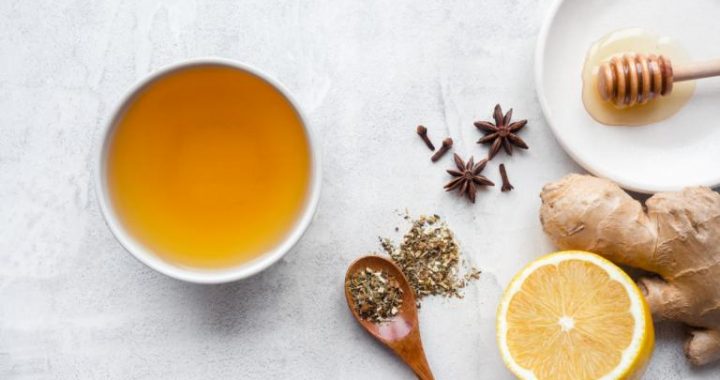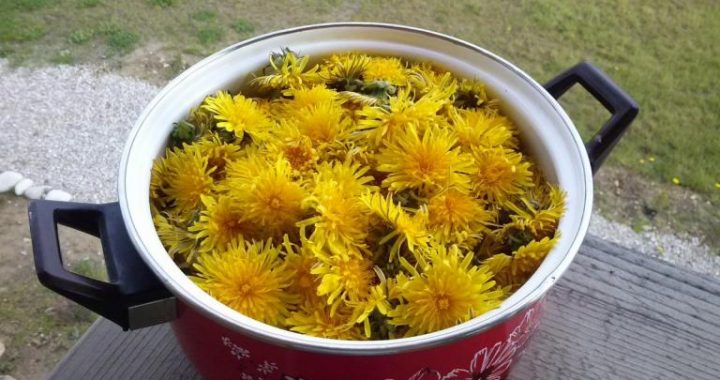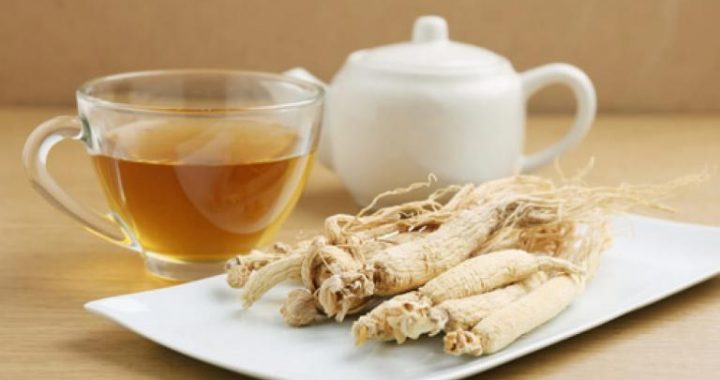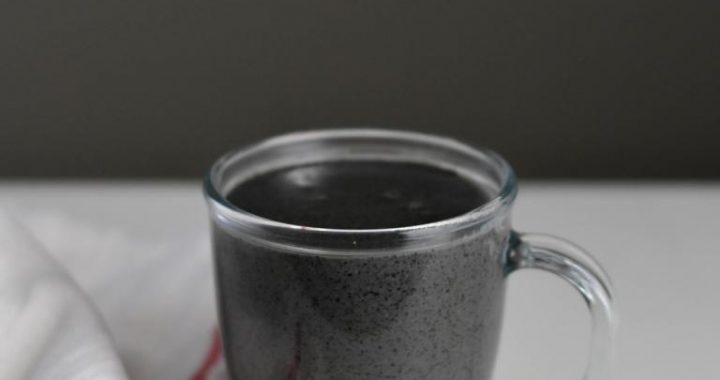The Quality of Chinese Tea
2 min readThe tea men in the ancient time not only should know the etiquette of preparingtea to entertain guests, but also should be good at tea planting and processing.
They usually went deep into the mountains and looked for the good teas, exploring the natural characteristics of tea-this is the first key element of the Chinese tea art,”distinguishing teas”,i.e. distinguishing the good tea from the ones of low quality.
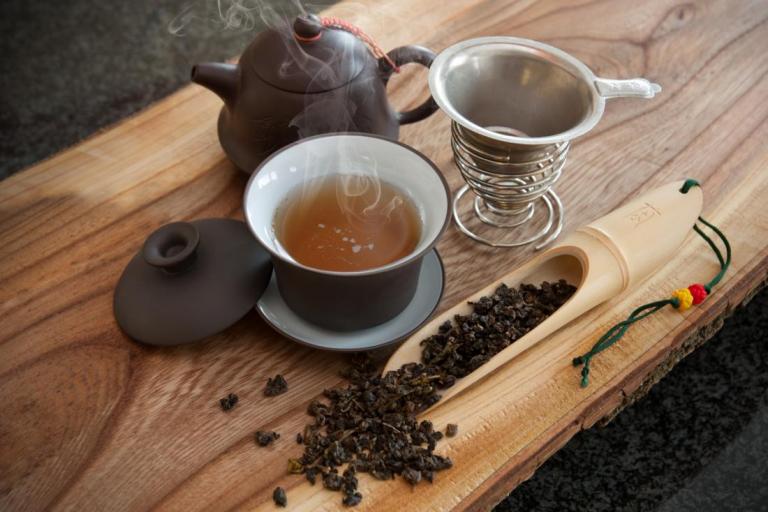
Good tea should not only be collected in the right time, but also be processed with proper methods. Since the Song dynasty, China has always been strict in the timing of tea collection. Generally speaking, the days before Qingming festival werethe best period of tea collection. And if it is sunny, it would be best to pluck thetea in the dawn when the leaves still had dews on them; if the tea leaves basked inthe sun, there would not be sufficient moisture in leaves and the essence lost, thus the quality of tea would be influenced. Plucking tea must use nails but not fingers, or tea leaves would be affected by the temperature of hands and stained by the sweats. The tenderer and the less the buds are, the better the tea would be; one bud was called”lianrui”, two buds “qiqiang”and three buds “queshe”.
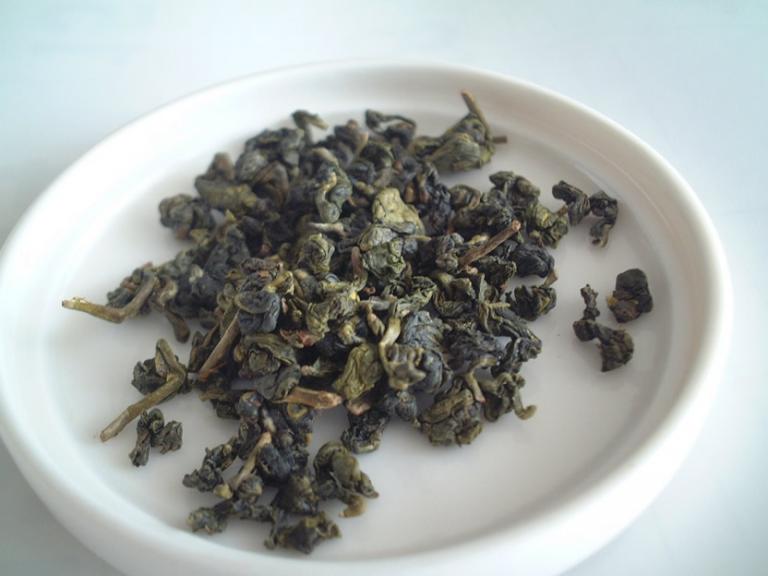
Tea processing skills were the most important in making high-quality tea. The art of Chinese tea processing had already been endued with a beautiful conception b people even before the appearance of any processing skills. The tea processing in the Tang dynasty was already quite complicated, having the kinds of loose tea, powdered tea and cake tea etc. The making of cake tea was developed to the acme in the Song dynasty, which was compressed by the golden and silver molds, exquisite and beautiful, and it was also called ball teas; tribute tea was named as Dragon Ball and Phoenix Cake tea. After the Ming dynasty, cake tea was abolished and loose teabecame popular, which emphasized good color, fine aroma and delicious taste. As tea develops till today, in the process of tea differentiation, we still distinguish tea from the perspectives of color, aroma and taste.
